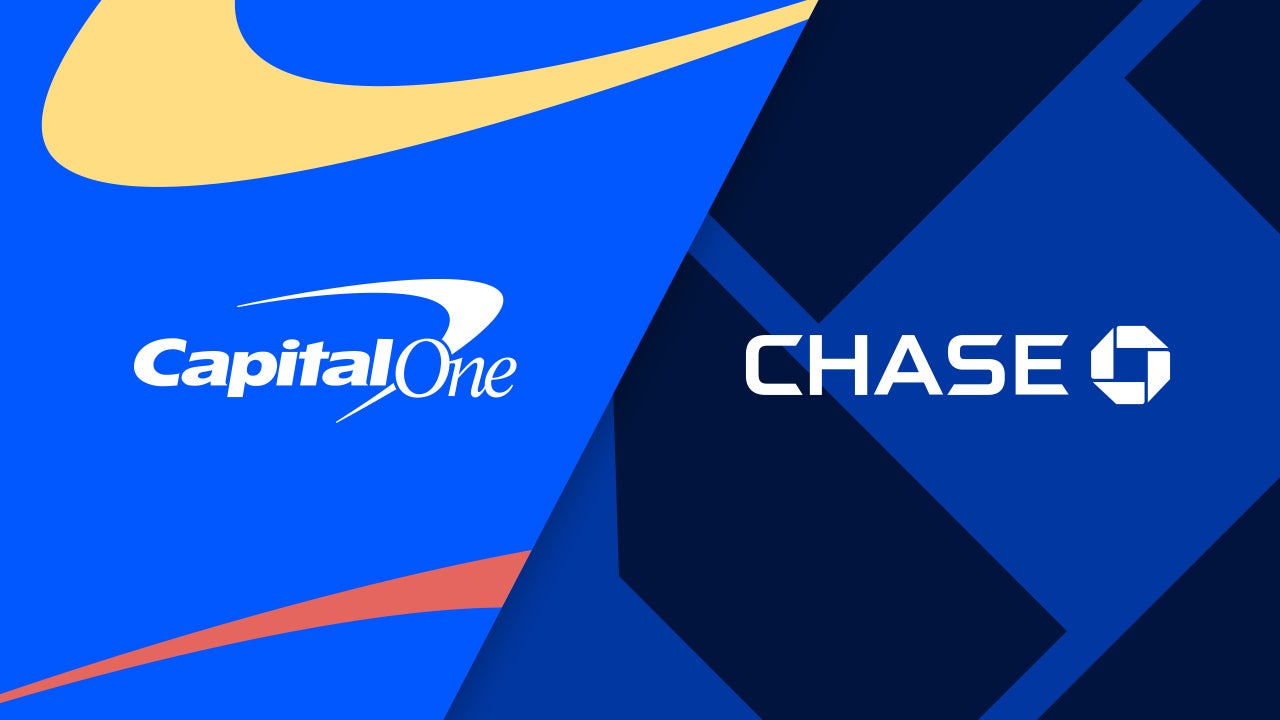Capital One, Discover merger is officially a go

Capital One has finally received all of the necessary regulatory approvals for its acquisition of Discover, 14 months after first announcing the $35.3 billion deal. Once the deal officially closes on May 18, the combined entity will be the largest U.S. credit card issuer in terms of loan balances (roughly $250 billion).
It’s a flashy corporate move, but let’s dig into the details about what it actually means for these two well-known entities.
The biggest advantage is the card network
The crown jewel of Capital One’s acquisition is Discover’s payments network. While Discover currently ranks a distant fourth behind Visa, Mastercard and American Express in terms of credit card processing volume, owning a payments network is a key differentiator for Capital One as it seeks to expand its business.
Visa and Mastercard are massive payments networks, but they’re not lenders. That is, they only process transactions – they don’t extend credit. Companies like Chase, Citibank and Wells Fargo are major lenders, but they don’t operate their own credit card networks. Capital One used to fall under that umbrella, but now, like American Express, it will play both sides of the fence.
Transaction processing is a steady revenue producer that doesn’t bear the same risk as lending money. With each passing year, more transactions are made via credit and debit cards and cash continues to fall by the wayside. The typical credit card interchange fee is 2.2 percent, according to The Nilson Report. Most of that actually goes to the card issuer, even though the rate is set at the network level, but the payment processor gets a piece. Capital One will now earn a bigger slice of an ever-expanding pie, and there’s the potential to achieve significant economies of scale. And not just on the credit card front, as Discover operates an even more prominent debit card network.
How Capital One’s business has evolved
Capital One, like Discover, built a reputation as a leading subprime credit card issuer. In fact, one of regulators’ primary concerns was that the combined companies would have too much subprime market share. Both companies have expanded beyond those roots, though: Discover into more of a Main Street market position, catering to “prime revolvers” (middle-class customers with good credit scores who carry credit card balances from month to month) and Capital One with more of a “heavy spenders” philosophy, looking to court the kinds of affluent travelers who have historically gravitated more to American Express.
Capital One has copied numerous pages from Amex’s playbook in recent years, such as building out proprietary, Capital One airport lounges and introducing a luxury travel card (the Capital One Venture X Rewards Credit Card) with a hefty annual fee ($395) and a host of benefits such as airport lounge access, a $300 annual credit for purchases through Capital One Travel, a credit for a Global Entry or TSA PreCheck membership and more.
Amex touts a multifaceted financial strategy that is less dependent on balance carriers and relies more heavily upon more predictable revenue sources such as card processing income and annual fees paid by its premium customer base. Capital One, especially with the Discover acquisition, is pushing into card processing. Plus, it already has a deeper subprime and middle-class customer base than Amex, and the Discover acquisition will further enhance that segment of its business.
What about banking?
While Capital One and Discover both have deposits businesses, they’re not nearly as diversified as the largest U.S. banks (Chase, Citi, Bank of America and Wells Fargo). These megabanks are major players in everything from deposits to credit cards, mortgage lending, auto loans, investments and more. They even have large trading desks. Capital One and Discover aren’t as focused on most of those areas. That’s another reason I see the combined Capital One and Discover entity challenging American Express’ credit card market position more than trying to become Chase or Bank of America.
What happens to existing Capital One and Discover customers?
Existing Capital One and Discover cards will remain as-is for the foreseeable future, as will communication methods such as customer service channels. That’s another benefit to the acquisition: Discover has ranked first or second in the J.D. Power Credit Card Satisfaction Study every year since its inception in 2007. Guess who has the most first-place finishes? That’s right — American Express.
Improved customer service — of at least the perception of it — is yet another way Capital One can utilize the Discover acquisition to enhance its market position.
The bottom line
Capital One’s acquisition is a smart move that ultimately all comes back to American Express. Capital One is the hunter, and they’re in hot pursuit of Amex’s unique position as a card lender/network with a big-spending customer base that loves to travel and appreciates great customer service.
Have a question about credit cards? E-mail me at ted.rossman@bankrate.com and I’d be happy to help.
Bankrate's Expert Contributors
Our Expert Contributors are a select group of creators, experts and thought leaders who share first-person perspectives on finance and its intersections with our lives.
Meet our experts





